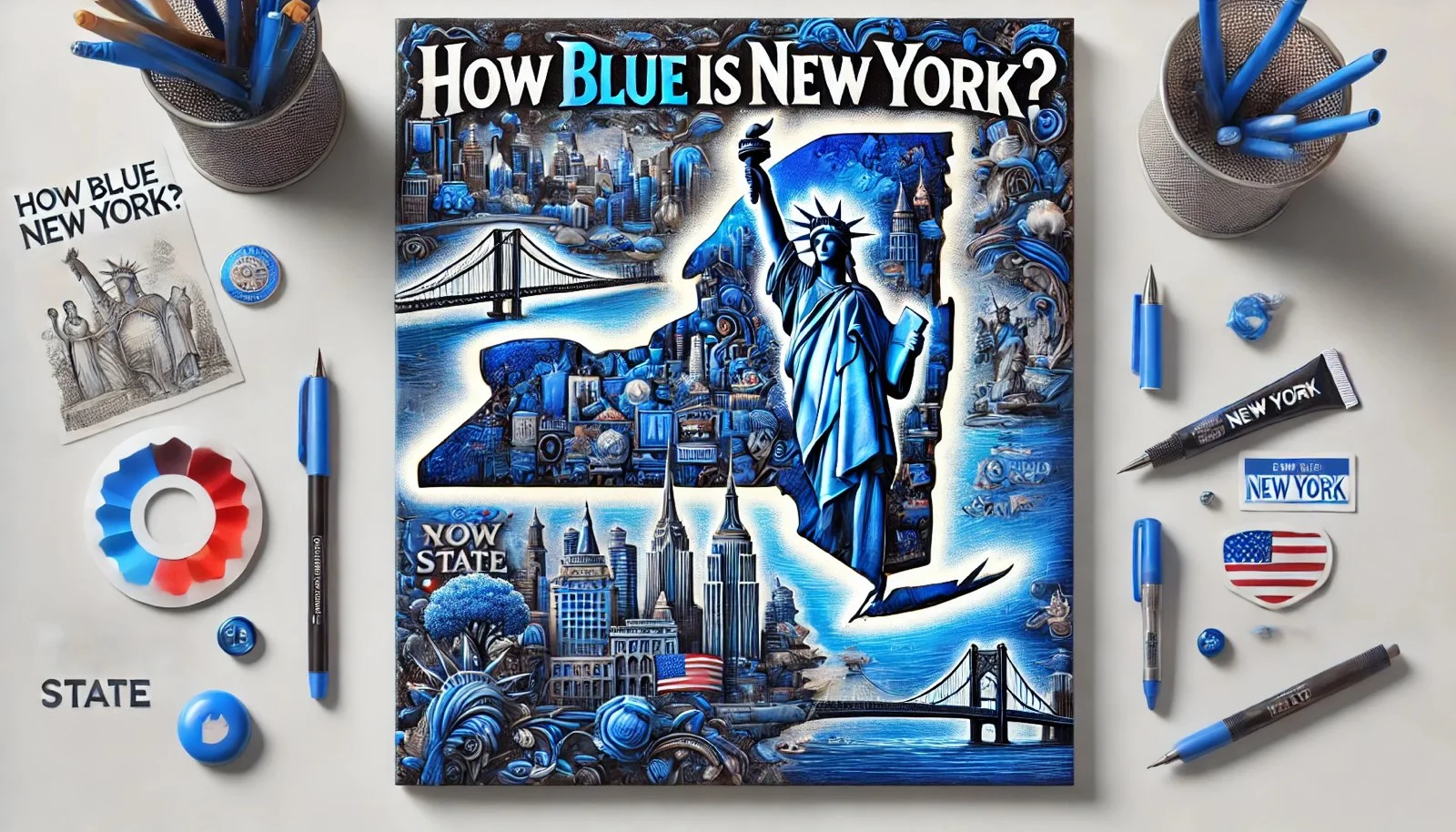How ‘blue’ is New York?
New York is perceived and regarded as one of the most Democratic-leaning states in America for years now, and through electoral trends, this was solidified throughout the decades. The essence of discovering how "blue" New York is really will delve into some aspects of its demographic makeup, into urban and rural dynamics, and the influence of cultural factors.
Demographic Landscape
It is a cosmopolitan city. New York's population is very diverse, and by nature, a concentrated group of people identifies themselves as Democrats. The latest census accounted for 19.45 million people in New York State, with about 64% living in the metropolitan area. This has been the urban concentration contributing highly to the shaping of the state's political scene.
New York City encompasses boroughs such as Manhattan, Brooklyn, and Queens, and about 8 million residents live there. Most of its city residents are Democrats. This is consistent for other cities in New York State, like Buffalo and Rochester, that vote almost uniformly Democratic. Rural areas upstate are the opposite, quite Republican.
Urban vs. Rural Divide
The urban-rural divide is the essence of grasping the political identity of New York. Urban centers are characterized by liberal sensitivities that lean towards being on the same wave with Democratic ideals. Issues such as access to healthcare, housing affordability, and social justice have a deep well in an urban center like Manhattan and Brooklyn.
Conversely, the rural upstate is traditionally Republican. These are more individualistic and less generally supportive of government intervention than their urban counterparts, who prefer more collective policies. Nonetheless, with a decidedly more populous base of Democratic voters in cities, upstate elections will often prove nothing but a minor hurdle for Democratic statewide candidates.
Voting patterns illustrate this split: the cities provide strong Democratic support, while the rural counties frequently go to the Republican candidate. That means there's also a messy electoral map where blue is prevalent in population centers and red carries the day in less populated regions.
Cultural Factors
Other factors include the cultural factors which also contribute much in helping to define the degree of "blueness" of New York. The state has a beautiful amalgamation of cultures and communities that promote liberalism. Issues, such as the rights of LGBTQ+ communities, environmental sustainability, and immigrant rights, resonate with the feelings of most electorates.
In the New York media environment, these progressive messages are amplified through a multitude of channels and help shape public opinion and motivate voters to the polls on issues of importance. The entertainment industry's hub in New York City has traditionally aligned itself with liberal causes, further concretizing the state's blue identity.
History, again, is also critical to the interpretation of the political developments in New York. Because the state tipped Democratic in the Great Depression era and has only in the past few decades experienced the series of statewide Republican victories, such a tradition tends to foster party loyalty among the electorate.
Electoral Trends
More recent election data also point to a steady drift toward blue over time. In presidential contests, Democrats have reliably taken a big majority of the vote around the state. For instance, in the 2020 cycle, Joe Biden won New York by more than 23 percentage points over Donald Trump.
Voter registration statistics show a wide gap between party affiliations: according to recent figures, Democrats lead Republicans by nearly two-to-one in the state. This gap would signify, not only democratic preference but also an entrenched political culture favoring progressive policies.
Conclusion
In short, New York's blue status is attributed to a combination of demographic diversity, the effects of urbanization, cultural influence, and their historical context. The concentration of liberal voters in urban centers such as Manhattan and Brooklyn ensures Democratic candidates dominate elections throughout the state.
As the communities keep changing and engaging politically, either through the action at the local level or through services like Sparkly Maid NYC that render their services across different neighborhoods, the blue identity of New York will likely remain so for a while. In a community like Queens, where there are still other commensurate communities around the country that are engaged with issues on such a scale, New York will remain a shaper of forces in national electoral outcomes.
